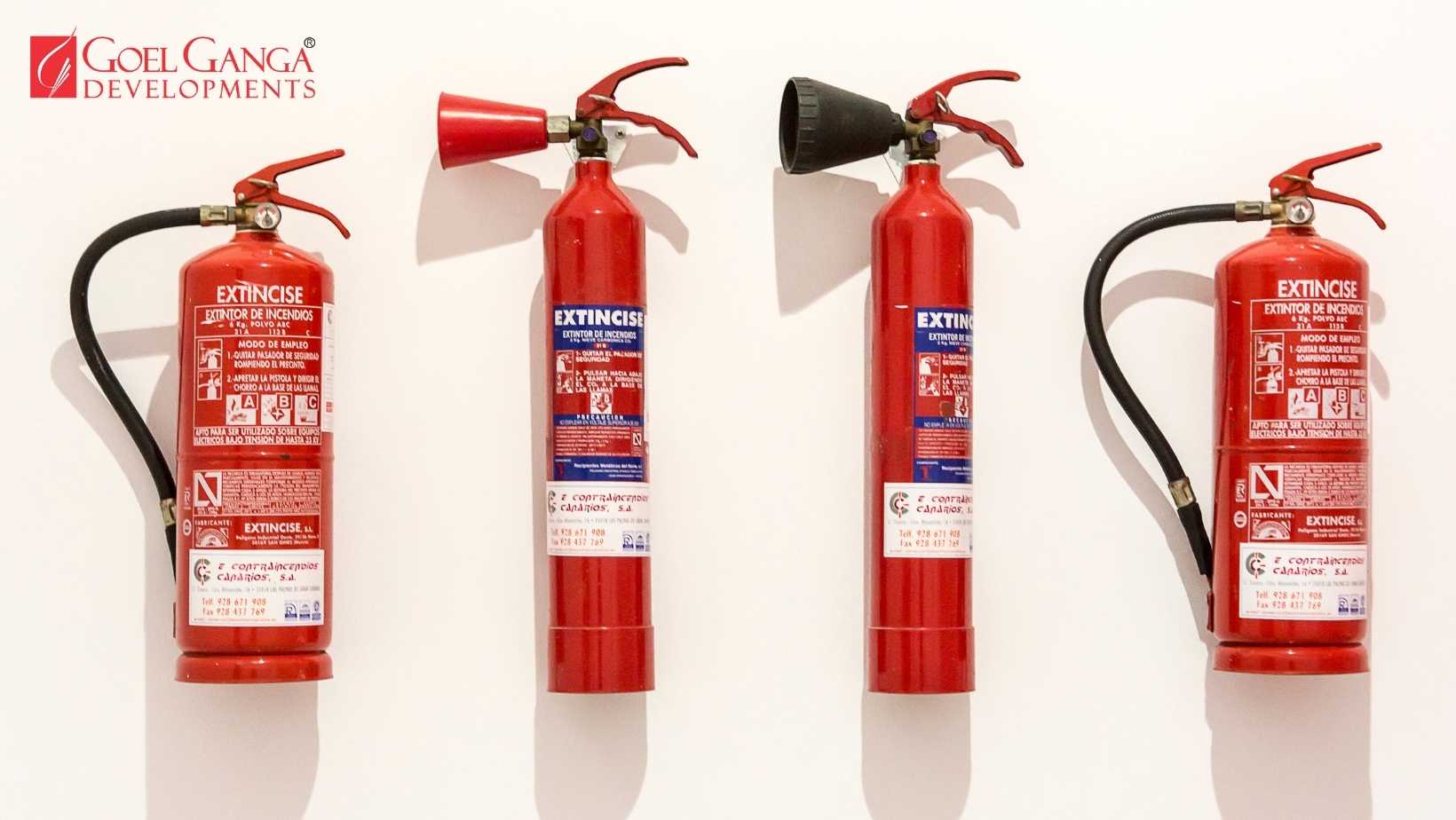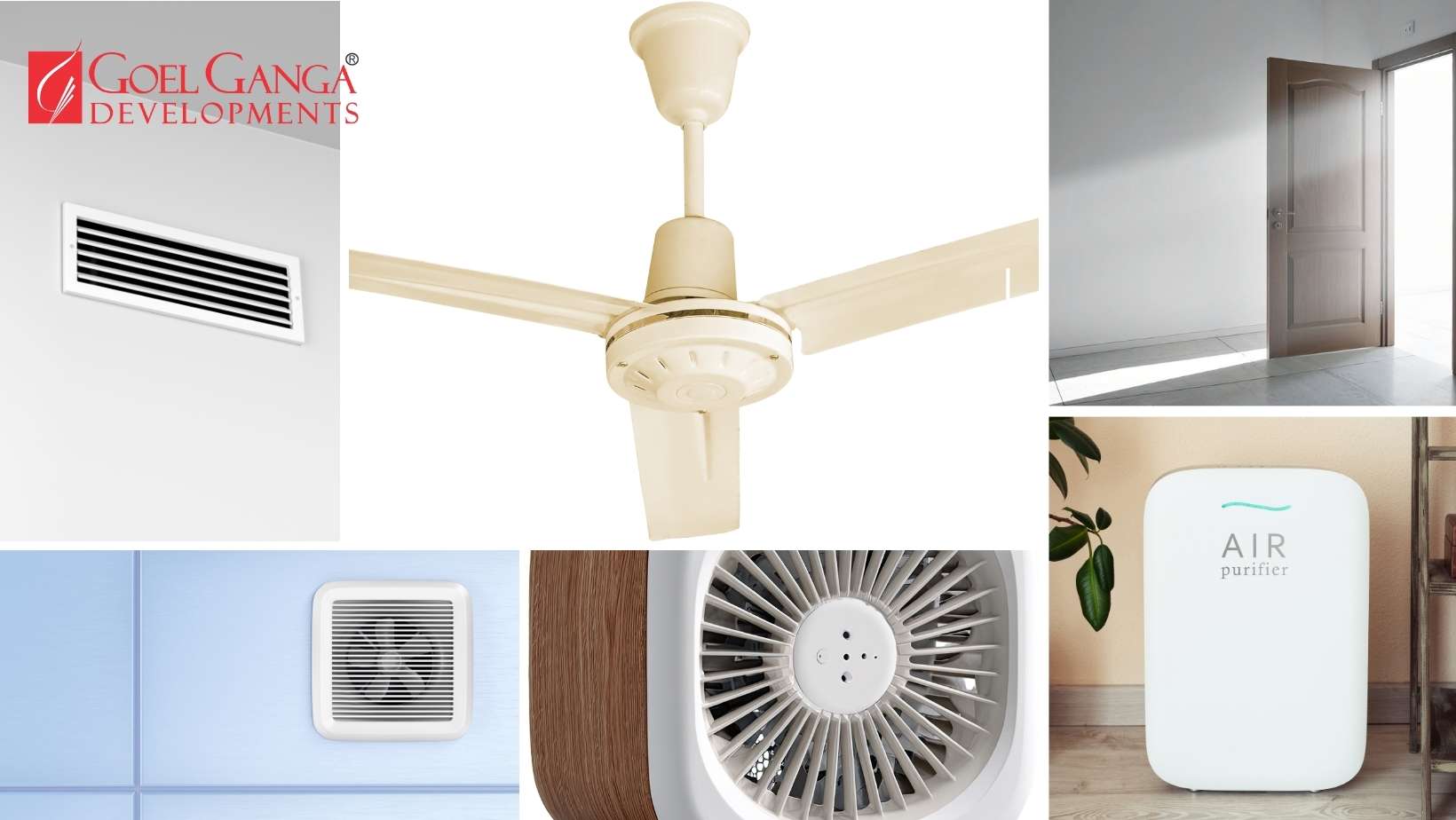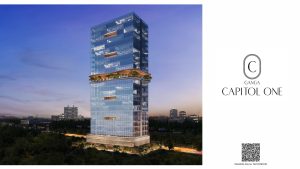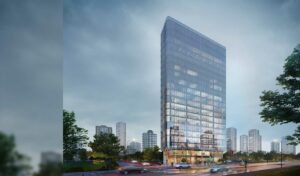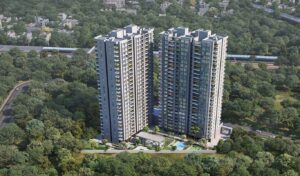In today’s expanding urban landscape, high-rise buildings are commonplace. Residential apartments, high-rises, office buildings, and office towers have become the norm of how we live and work vertically. But with height, comes responsibility – especially regarding fire safety.
Compared to smaller buildings, high-rise towers can present some unique challenges in the event of a fire. Problems arise related to the complexity of evacuation, smoke propagation, and access for emergency services. This is when a comprehensive fire fighting system is more than a safety net but can be viewed as a life line.
Let’s examine why these systems are important, what the systems include, and condemn a disaster from occurring
Table of Contents
ToggleUnderstanding the Key Components of a Fire Fighting System:
The fire-fighting solution in a high-rise building is not just extinguishers and fire alarms. Fire protection is a interconnected system of devices and technologies designed to locate, isolate and manage fires.
Following are the major components:
- Fire Alarm System – Early warning is vital. Smoke detectors and alarm panels instantly notify occupants and emergency responders.
- Sprinkler System – These systems automatically activate when the temperature reaches a pre-determined point, which can help to suppress or contain flames before they advance and spread.
- Fire Hydrants and Hose Reels – Fire hydrants and hose reels can be found in virtually all high-rise buildings on every floor. Their locations and operation must be published, so firefighters can connect quickly and operate.
- Fire Pumps and Water Storage Tanks– Firefighting systems need to maintain pressure and supply of water for sprinklers and hydrants. Water supply is even more critical to control fires on higher floors.
- Fire Extinguishers – ABC extinguishers, CO₂ extinguishers, foam extinguishers, dry powder extinguishers are strategically located throughout the building to address particular class(s) for units and areas they would cover.
- Smoke Control Systems – Smoke control systems including exhaust fans and pressurized stairwells are engineered to minimize the concentration of smoke and to assist with occupant evacuation.
- Emergency Lighting and Signage – Evacuation of occupants should be effective even when power is lost for normal illumination, or during a significant amount of smoke. Reliable emergency lighting and emergency exit signs are critical components of any project.
Essential Precautions for Fire Safety in High-Rise Buildings:
Having a reliable system isn’t enough. You need to be aware of it, and things need to be checked. Here are some fire prevention strategies:
- Routine Checks – systems should be checked and serviced a minimum of every couple of months to ensure they are operational.
- Unobstructed Exits – stairwells and exit routes should not be blocked in any way, and should not be for storage.
- Regular Drills – Fire drills teach residents how to respond quickly and effectively to emergencies.
- Power Source Management – The most common causes of fire are improper Wiring and over-circuiting, regular checks can help reduce the element of surprise.
- Safe use of cooking appliances and heating sources – The majority of fires start in kitchens, if safe practices and regular appliance checks are in place there should be less chances of fires occurring.
National Fire Safety Codes and Standards:
India has a detailed and organized structure for fire safety, particularly for high-rise buildings. The National Building Code (NBC) of India provides comprehensive guidelines on fire protection, which the Bureau of Indian Standards (BIS) regularly updates.
– Buildings greater than 15 meters in India has a very robust system with respect to fire safety; specifically, fire safety for tall buildings. The Bureau of Indian Standards (BIS) routinely updates the National Building Code (NBC) of India, which provides detailed guidance on all aspects of fire protection.
The key stipulations are:
-Buildings over 15 meters must include automatic sprinkler systems, fire alarms, and accessible fire exits. Towers exceeding this height must also provide fire lifts and dedicated stairwells, among other safety measures.
– Remember, in India, proposed buildings must secure a Fire NOC (No Objection Certificate) certificate from the local fire department prior to being occupied.
– There are also emergency management plans, and fire drill protocols, that must be developed following agreed norms.
All of these codes promote that constructors and occupants think of fire safety during construction, and also through out the life of the building.
– Fire lifts and staircases must be provided for towers greater than these agreed heights.
– Buildings need to obtain a Fire NOC (No Objection Certificate) from the local fire department before occupancy.
-Teams must develop emergency management plans and fire drill procedures according to the agreed norms.
These codes ensure that builders and occupants consider fire safety not just during construction, but during the building’s lifecycle.
How Can a High-Rise Building’s Fire Fighting System Aid Firefighters in Rescue Efforts?
When every second matters, an effective Fire Protection system can make all the difference to occupants and rescuers.
Here’s why:
- Reduce Spread of Fire – A sprinkler activated or an early alarm can curtail flames before firefighters arrive at site and create reactive time.
- Supply Water – Internal hydrants allow firefighters to use hoses instead of lugging around cumbersome and heavy hose reels from the ground level.
- Aid in Safe Egress – Emergency lighting and pressurized egress offer safe egress routes for both rescuers and occupants.
- Facilitate Quick Action – Centralized control panels/graphs/alarm panels provide immediate data on the fire’s location, assisting firefighters in planning.
In essence, these systems act as the building’s defence force until human help arrives.
Conclusion:
Fire safety is more than just compliance – it is life safety. In high-rise buildings, where evacuation scenarios are difficult to imagine and panic can spread faster than fire, reliable fire fighting systems are critical.
A high-rise building is a shared community. Whether you are a resident, a property manager or a builder, protecting lives from fire is everyone’s responsibility. Regular maintenance, building code compliance, and awareness by occupants are essential.
As urban skylines continue to grow, the safety of high-rise living becomes paramount. A robust fire fighting system is not just a regulatory requirement—it’s a critical safeguard for lives and property. Goel Ganga Developments equips every tower with advanced fire safety measures, showing our strong commitment to resident well-being.
— Anurag Goel, Director, Goel Ganga Developments


